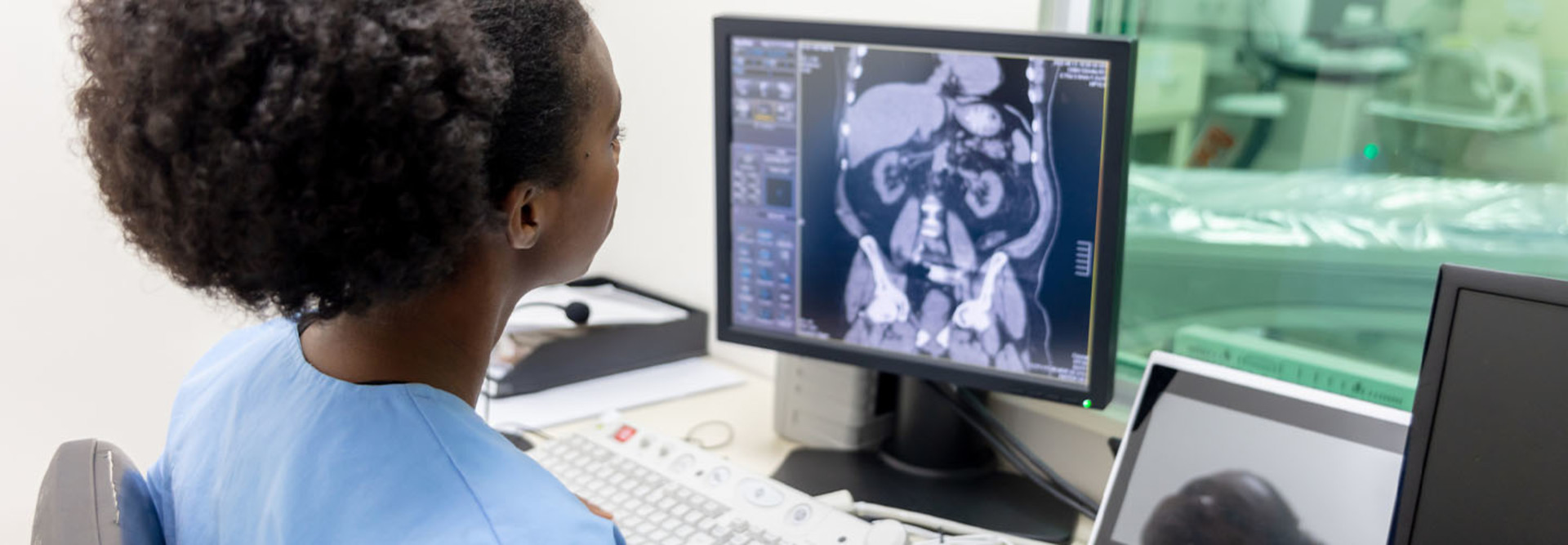The Challenge of Providing Healthcare Over Disadvantaged Networks
Modern healthcare is supported by robust and ongoing technology innovation. Artificial intelligence (AI), machine learning (ML) and other advanced capabilities are revolutionizing everything from diagnostics and surgical suites to clinical workflows and staffing models for busy emergency rooms and intensive care units.
Unfortunately, providing these technologies to remote locations over disadvantaged networks can be difficult to impossible. Clinical health IT resources typically involve cloud computing, high-bandwidth connectivity and device support with low latency mobile networks like 5G. All of these resources can be challenging to deliver in a demanding clinical setting such as a mobile hospital in a war zone, remote rural clinic or medical bay aboard the space station.
Compared with a city hospital or suburban clinic, for instance, it’s harder to provide real-time diagnostic or specialist support to an Army doctor conducting triage for soldiers on the front line if connectivity is unreliable or nonexistent. And it’s impossible to run an Ethernet cable from Earth to an orbiting space station. The paradox is that these limitations are happening in medical scenarios where the stakes couldn’t be higher — saving the lives of critically injured soldiers or keeping astronauts healthy when the nearest hospital or clinic is back on Earth, 250 miles below.
RELATED: Telehealth and virtual reality expand into mainstream care at the VA.
Edge Computing Helps Address Health IT Challenges
Health IT leaders charged with serving disadvantaged networks are discovering new ways to position more compute power and advanced clinical decision support at the source through edge computing. Instead of sending data to the cloud, data is analyzed onsite, where it is generated. By keeping and managing more data at the edge, these deployments reduce the cost, latency and data privacy risk of sending information across what may be multiple third-party networks for connectivity and cloud computing.
Onsite data processing typically takes place on compact edge hardware, often equipped with graphics processing units that are optimized for AI and ML modeling for advanced diagnostics and decision support. AI at the edge can also help a physician in the field quickly access the right clinical practice guidelines through retrieval-augmented generation and other contextualized search functions.
All of these capabilities can be hardened with operational redundancies and other configuration choices that can improve reliability and performance in disadvantaged network scenarios. As a result, edge computing can improve patient outcomes by supporting clinical decision-making and cutting down the time it takes providers to diagnose and begin treating conditions — even in the most remote and rugged healthcare delivery settings.
DIVE DEEPER: Three strategies for securing digital healthcare devices at the edge.
Extreme Edge Use Cases Drive Broader Healthcare Innovations
Advanced health IT is even making its way into space aboard the International Space Station, thanks to edge technologies. With data processed close to where it is generated in the space station medical bay and labs, rather than being sent back to Earth, compact edge devices onsite can run analysis and provide decision support on the spot — typically within seconds or minutes. This is particularly useful in analyzing microbes in air, water and surface samples to protect astronauts from space-based fungi or bacteria.
Fortunately, the edge solutions created for demanding use cases like this are also fueling broader innovations in everyday healthcare delivery. For instance, the same AI-edge deployment designed to tee up specialized clinical practice guidelines for a military doctor in the field can also be used to enhance the knowledge base of a nurse practitioner handling caseloads in an understaffed suburban clinic. In addition, considering the amount of data moving from the edge devices to the cloud and back, that edge deployment can actually reduce costs.
Related examples include edge technology in support of connected ambulances; sensor-optimized supply chain or manufacturing operations for a pharmaceutical company; and inventory management at the neighborhood pharmacy. These are just some of the ways edge solutions designed for the most drastic clinical conditions can benefit the entire healthcare industry.
Relatively few clinicians will ever find themselves caring for soldiers in a war zone or screening for microbial contamination on an orbiting space station. But for those who do, edge technology is delivering real-time data and clinical care support across disadvantaged networks to help save lives and improve health outcomes. Better still, the edge solutions developed for these extreme use cases are driving clinical care advances across the broader healthcare community.











